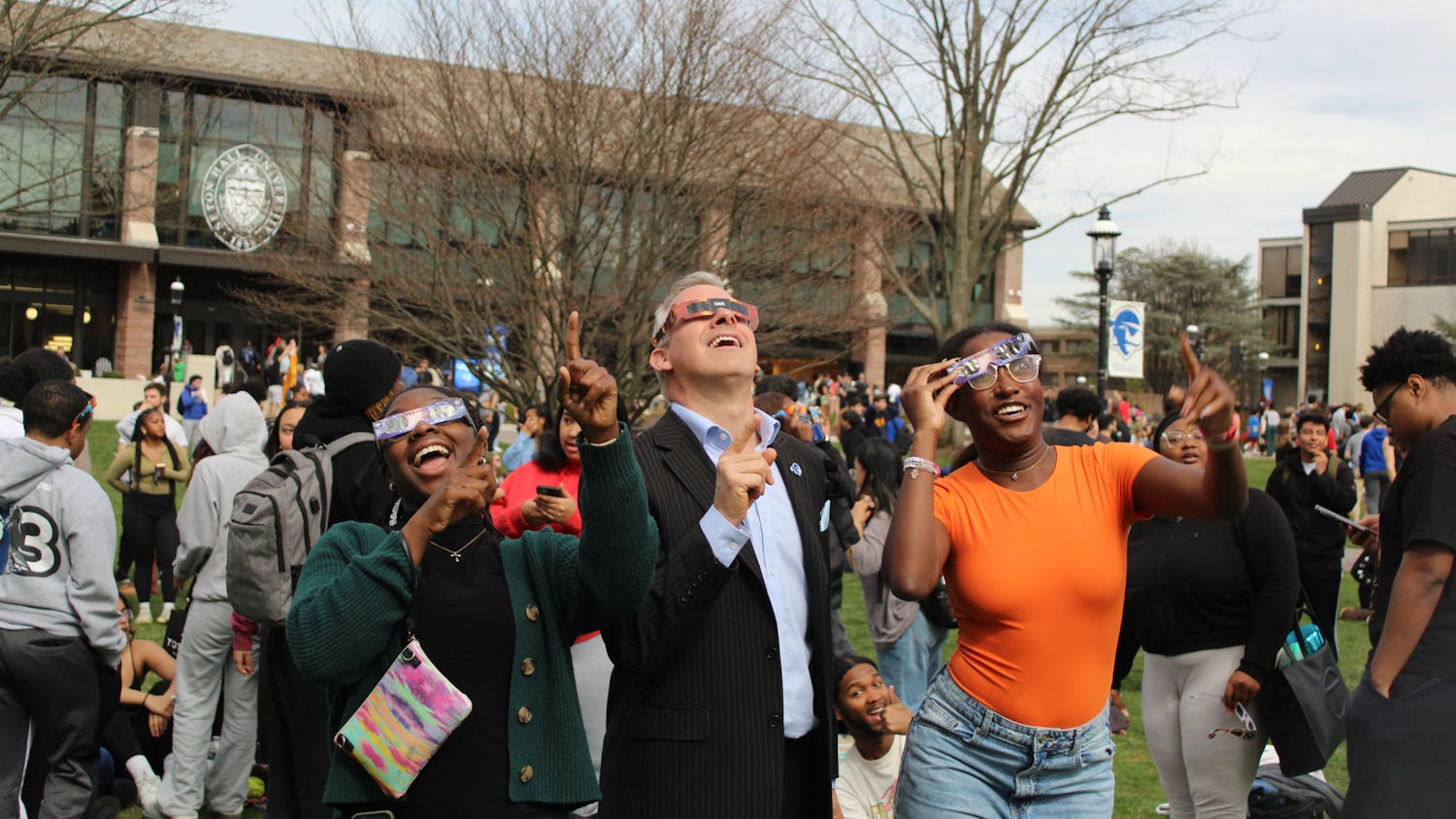Governor Phil Murphy and Secretary of Higher Education Zakiya Smith-Ellis went to Rutgers-Newark last Tuesday to announce a new state plan for higher education in New Jersey, the first in nearly 13 years.

Billed by the Governor as a “student-centered approach,” the plan includes a 10-point Student Bill of Rights, which are targeted around making college more accessible to New Jersey students regardless of their background. The Bill of Rights calls for students to be exposed to college during their middle and high school years; for students to have a voice in decisions that affect their education; and transparent financial information for students and families about the cost of attending college which would include information such as the actual cost of attendance, anticipated debt amounts, and a post-graduate outlook which would consist of anticipated job-earnings and prospects.
The state hopes that the Bill of Rights will be a marketing tool for college-bound students and their families who are looking at out of state institutions.
“I’m tired of New Jersey’s leading export being our college-bound high school seniors,” Murphy said during the announcement. He also emphasized that in addition to keeping students in the state, New Jersey has to create an economy that’s conducive to students after they graduate as well.
The plan also mentions opportunities to earn college credit outside the classroom, such as by receiving credit for military or prior work experience; and through other experiential learning opportunities such as through academic research, apprenticeships, and paid internships.
To supplement the plan, which is titled “Where Opportunity Meets Innovation,” Gov. Murphy also signed an executive order on March 26 that established five workings groups targeted at addressing specific aspects of the proposal such as creating on-ramps to college; making college affordable; student success; research, innovation, and talent; and creating safe and inclusive learning environments. In concert with the bill of rights, the working groups will also include college student input and involvement on how to best achieve the goals they’re tasked with accomplishing.
The plan is all apart of the Secretary of Higher Education overarching goal of “65 by 25,” that getting 65% of New Jerseyans to obtain a post-secondary degree by 2025.
When asked how much the plan will cost, Smith-Ellis said that the plan doesn’t have a fixed amount attached to it and that discussions about funding would take place as part of the budget process for the fiscal year 2020.
Though the plan is not meant to be a budget proposal, the goals and priorities outlined in it are expected to be reflected in the state’s spending plan for post-secondary education, something the Murphy administration has already begun doing.
Part of the administration’s $2.6 billion education budget for 2020 included $20 million in new higher education operating aid, along with a redistribution of $15 million in current operating aid, for an outcomes-based funding formula. The formula will take into account the total number of degrees awarded in a fiscal year; the total number of under-represented racial and ethnic minority degrees granted, and the number of low-income students using student financial aid such as Pell and TAG grants.
Seton Hall University President Mary Meehan expressed support for the new plan in an email interview, praising the governors understanding of the states need for post-secondary options for all New Jersyans.
“In the coming months we look forward to working toward operationalizing the goals set forth in this plan in a way that provides affordability and access for all NJ students,” Meehan said. “We will work hard to ensure that resources are distributed in a manner that does not disadvantage private institutions since collectively the private colleges educate a significant number of students with limited financial capacity and typically with higher numbers of first-generation students.”
Currently, there are no representatives from private institution heading any of the five working groups, something that Associate Vice President & Dean of Students Karen Van Norman expressed an interest in combating at Monday night’s SGA meeting. Van Norman encouraged student leaders to apply to work on the states’ working groups to “ensure the interests of private institutions” are heard by the state.
Nicholas Kerr can be reached at nicholas.kerr@student.shu.edu. Find him on Twitter @NickKerr99.





